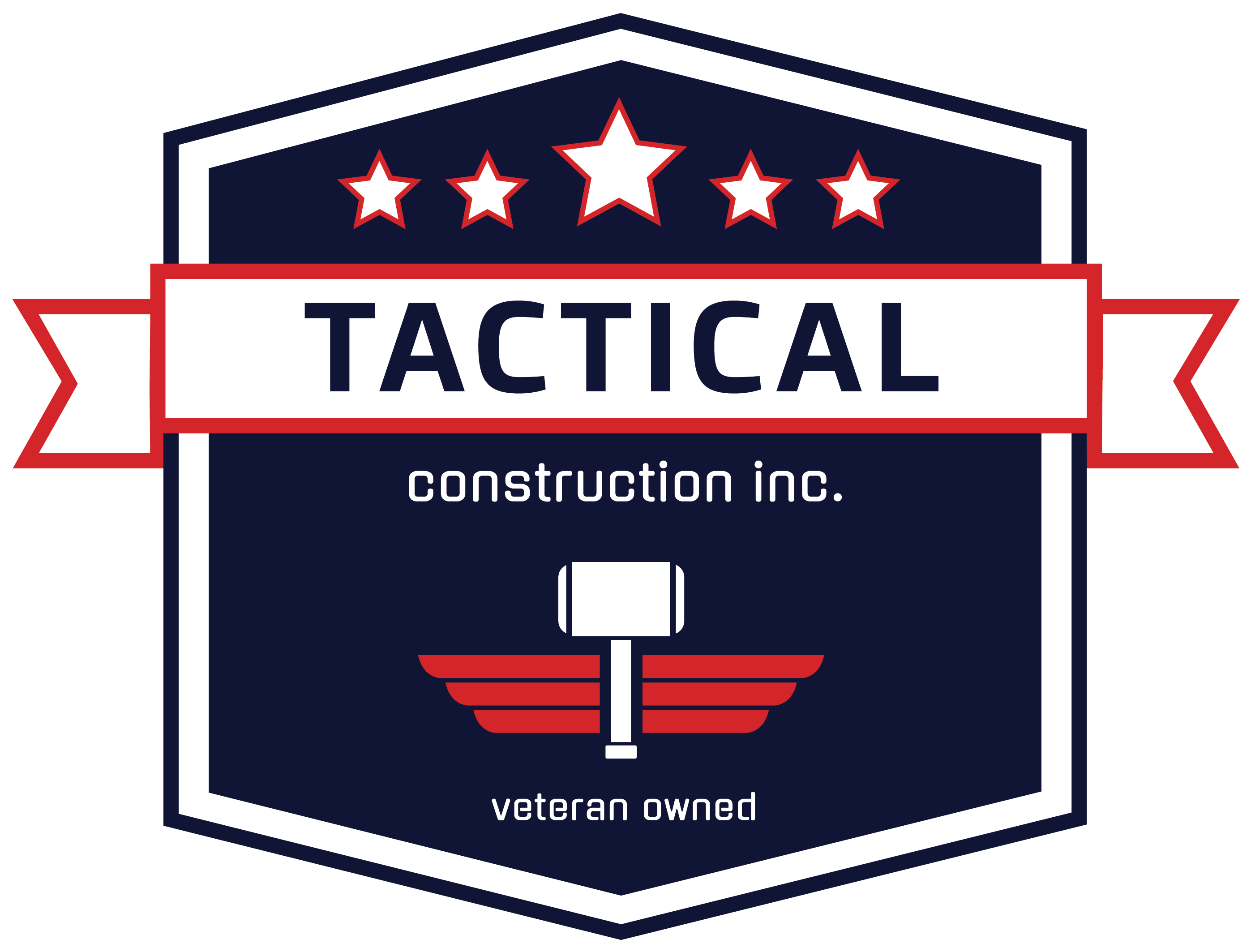Cost Estimation and Budgeting for Commercial Construction Projects
Amidst the excitement of envisioning a new structure that aligns with your business goals lies the daunting task of navigating the financial terrain. Cost estimation and budgeting are the compasses that guide this journey, ensuring that your project stays on course and reaches its destination successfully. In this blog, we dive into the crucial aspects of cost estimation and budgeting for commercial construction projects, offering guidance on how to navigate these waters with precision and confidence.

Understanding the Foundation:
Before embarking on the journey of cost estimation and budgeting, it’s imperative to lay a solid foundation of understanding. Familiarize yourself with the intricacies of the construction industry, including materials, labor costs, permits, regulations, and potential unforeseen expenses. Each project is unique, presenting its own set of challenges and requirements. Therefore, a thorough understanding of the specific needs and nuances of your project is paramount.
The Art and Science of Cost Estimation:
Cost estimation is both an art and a science, requiring a delicate balance of experience, expertise, and meticulous analysis. Begin by breaking down the project into its constituent elements, such as labor, materials, equipment, permits, and overhead costs. Utilize historical data, industry benchmarks, and input from experts to gauge the cost of each component accurately.
One effective approach to cost estimation is the bottom-up method, where individual cost items are estimated and aggregated to derive the total project cost. Alternatively, the top-down method provides a macro-level estimate based on overall project characteristics. Whichever approach you choose, strive for transparency and accuracy in your estimations, considering factors such as market fluctuations, inflation, and potential risks.
Creating a Realistic Budget:
With cost estimations in hand, it’s time to sculpt a realistic budget that serves as a financial roadmap for your project. A well-defined budget not only allocates resources judiciously but also serves as a benchmark for tracking progress and making informed decisions throughout the construction process.
Ensure that your budget encompasses all foreseeable expenses while maintaining a contingency fund for unexpected costs or scope changes. Factor in allowances for price fluctuations, regulatory compliance, site conditions, and potential delays to mitigate financial risks effectively. Collaborate closely with your construction team, architects, engineers, and contractors to align budgetary goals with project objectives and specifications.
Continuous Monitoring and Adaptation:
Once the construction phase commences, diligent monitoring and proactive management of the budget are essential to keep the project on track. Regularly compare actual expenditures against budgeted amounts, identifying any deviations and addressing them promptly. Implement robust project management software or systems to streamline cost tracking, facilitate communication, and enhance accountability across all stakeholders.
Be prepared to adapt and recalibrate your budget as the project evolves, accommodating changes in scope, schedule, or unforeseen circumstances. Effective communication and collaboration among all project participants are critical to maintaining financial transparency and addressing any budgetary challenges proactively.
Conclusion:
Cost estimation and budgeting form the bedrock of successful commercial construction projects, guiding stakeholders through the complex terrain of financial planning and management. By understanding the nuances of cost estimation, creating realistic budgets, and implementing diligent monitoring and adaptation strategies, you can navigate the financial landscape with confidence and precision.
As you embark on your next commercial construction endeavor, remember that transparency, accuracy, and proactive management are the cornerstones of financial success. By leveraging the insights and best practices outlined in this blog, you can steer your project towards its goals while safeguarding its financial integrity every step of the way.
